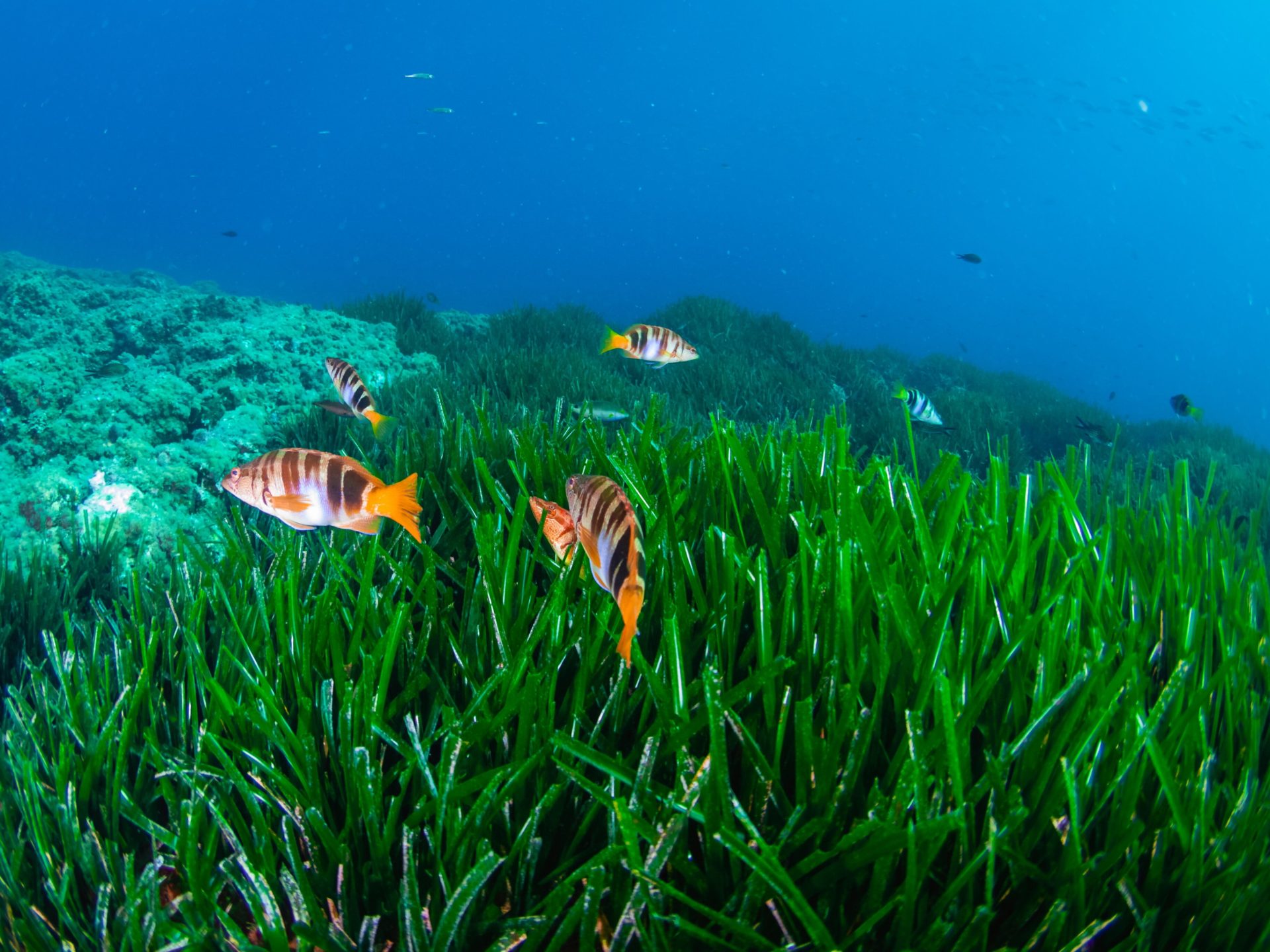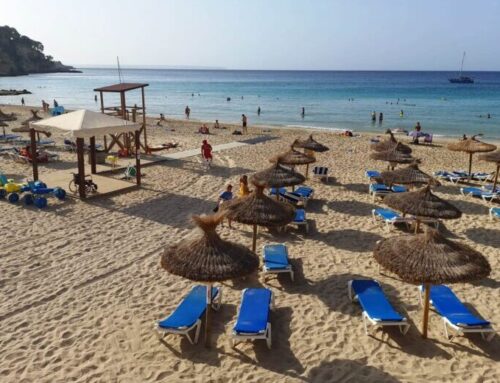It was between May and December 2022 due to the increase in sea temperatures. The Balearic Islands could suffer serious consequences for marine ecosystems, the economy, and human living conditions
According to the Balearic Sea Report 2022, five marine heatwaves were recorded in the Balearic Islands between May and December 2022.
This is a collaborative project led by the Marilles Foundation, which involves nine other marine research institutions in the Islands and public and private entities.
The report collects updated information on indicators of global warming, such as sea level, water and air temperature over the sea, nautical and human pressures and tourism, and social response to these pressures.
Marine heatwaves
Last summer the waters of Sa Dragonera reached 33.3 °C, the highest temperature recorded so far in this location. The highest average surface temperature of the Balearic Sea was also recorded: 29.2 °C. The air temperature over land showed an increase of 0.25 °C per decade between 1979 and 2021, almost 40% higher than the global average. Meanwhile, the surface water temperature has increased at an even faster pace: 0.36 °C per decade in forty years. With respect to air temperature and its relationship with sea temperature, the Balearic Sea Report 2022 uses data up to August of this year and highlights the singular behavior of summer temperatures. This singularity would continue until the end of 2022.
Consequences
This increase in temperature has serious consequences for marine ecosystems and their functioning and could impact the economy and human living conditions, according to the report. It also affects other processes and is one of the causes of sea level rise, which is expected to increase between 55 and 77 cm by the end of the century and between 87 and 129 cm by 2150, resulting in a retreat of the Balearic beaches between 7 and 50 meters.
In fact, sea level rise in the western Mediterranean has accelerated in recent decades: it has increased 1.32 mm/year over the past 136 years (with an accumulated increase of 17.9 cm during this period); while the increase over the past 41 years has been 2.91 mm/year; and over the past 28 years 3.08 mm/year.
Tourism pressure increases
As the sea and air warm up, tourism pressure continues to increase as well as nautical pressure. 30 years of data on ship calls at the 5 main ports of the Balearic Islands show: a 56% increase between 1992 and 2019, a 42% decrease between 2019 and 2020 due to the health crisis, and a 30% recovery in 2021 (reaching values similar to those of 2017). The Pitiusas have a shipping volume 10 times higher than the rest of the Islands due to the large number of ferries and horizontal cargo transport that connect Ibiza and Formentera. Submarine noise has also been measured around these Islands, which triples during the summer, mainly attributed to the movements of the recreational fleet and a greater number of ferries connecting the two islands.
What can we do
To address the pressures we exert on the marine environment, this report points to the collection of floating waste from the sea from boats, the Posidonia Monitoring Service or marine citizen science as some examples of the responses we give as a society. In 2022, 20 tons of marine waste have been collected with 22 boats, 17 tons less than in 2021 due to a shortage of skippers. The largest number of actions by the Posidonia Monitoring Service is recorded: 202,732, 28.7% more than in 2021. 11% of the checked boats have been moved, 6% less than in 2018, but 6% more than in 2021.







Leave A Comment